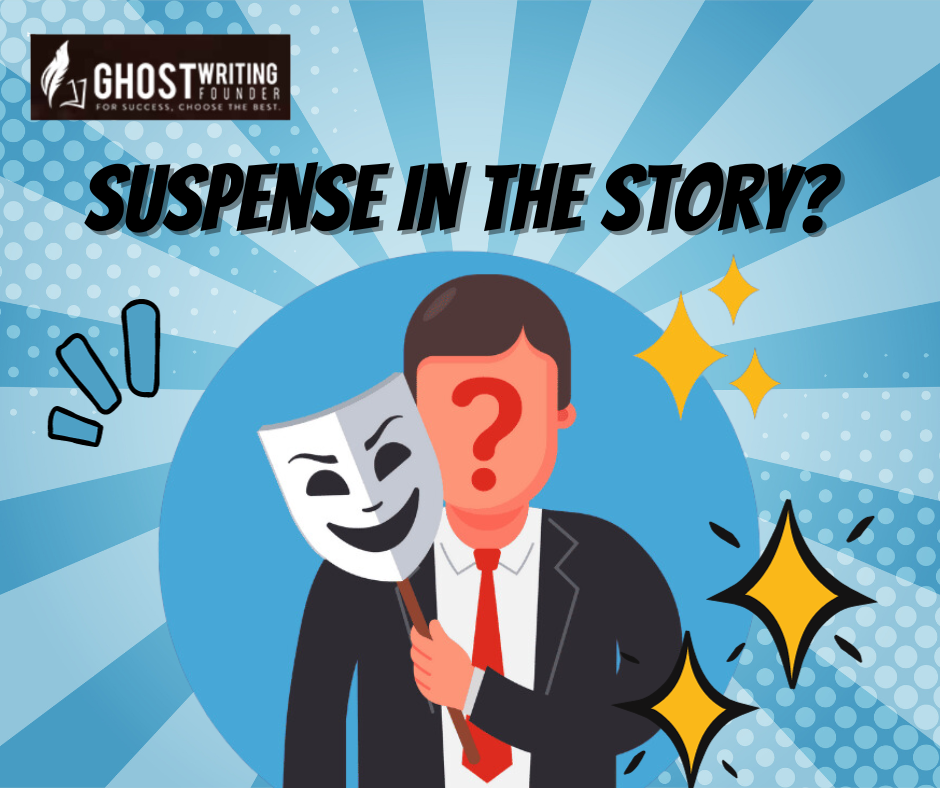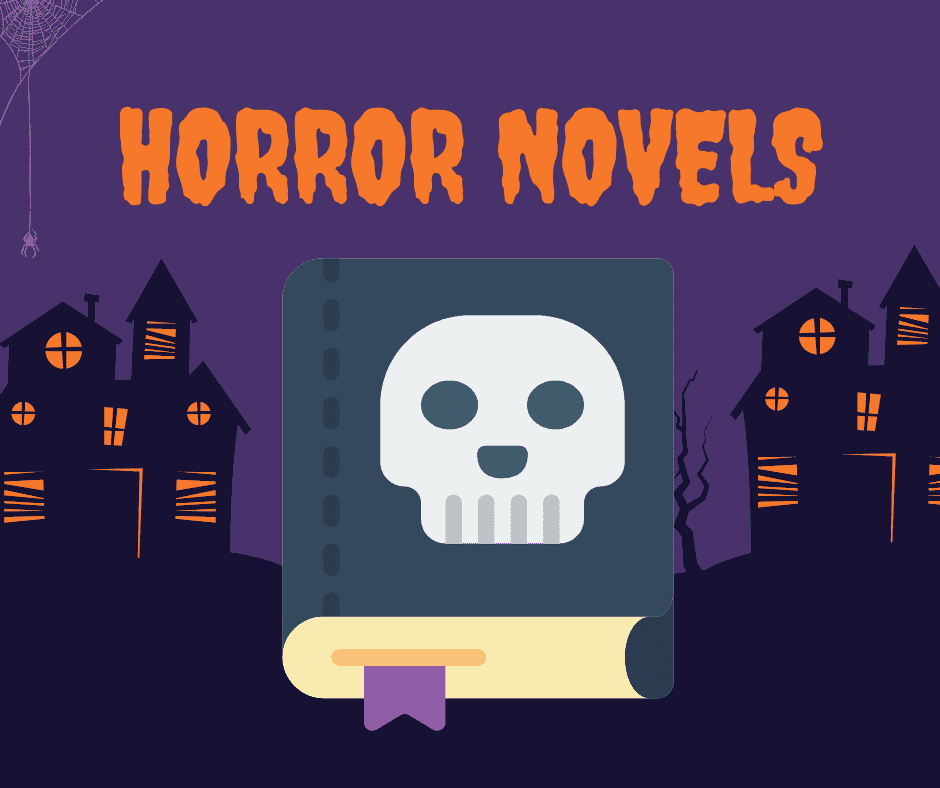
book writing Writing
Suspense is a powerful tool that captivates readers and keeps them engaged from the beginning to the end. Writers often use various techniques to craft a suspense level in their stories. One such technique is the order in which events are presented. In this article, we will explore how ordering events in a particular way can significantly impact the suspense level in a story.
Understanding the Importance of Suspense
It’s important to understand the importance of suspense level in a story. It’s one of the most powerful tools that you have at your disposal as a writer, and it can be used in many different ways.
Suspense is the feeling of uncertainty and excitement that you get when you’re waiting for something to happen. It basically means that readers want to know what will happen next. A good example of suspense is when you’re watching a horror movie, and there’s a scary scene that happens somewhere in the house. You might not know exactly what will happen next, but you’re still excited about finding out.
Suspense works because it keeps readers guessing about what’s going on in your story. Every time they encounter something new or unexpected, they’re more interested than ever in finding out what happens next (or at least just getting away from whatever it is).
The Traditional Chronological Order
In most suspense stories, at the beginning, writers talk about what happened next, and then what happened after that, and so on, until we reach the end.
This is called “chronological order,” and it’s the way most stories are told.
This way of telling a story is like following a timeline. It’s easy to understand because everything happens in order, like a list of events in a row. It’s like watching a movie from the start to the finish. You know what’s going to happen next because it all happens in the right order.
But there’s a downside to this. Sometimes, when you tell a story this way, it’s become less exciting. Why? Because when things happen in the order they’re supposed to, it can become predictable. You can guess what will happen next because you know the story is moving from point A to point B in a straight line; there are no surprises.
So, while chronological order is easy to follow, it might not keep you on the edge of your seat with excitement because you can see where the story is going.
To increase the suspense level, sometimes writers use different techniques. They might start with an exciting event first and then go back to explain how it all happened. Or they might jump around in time, showing you different parts of the story out of order. This can keep you guessing and make the story more surprising.
The Flashback Technique
Flashbacks are a common technique used in stories to reveal information that the characters do not yet know. They can be a great way to add suspense level or mystery to a story, but they can also be overused, which can lead to confusion and frustration for the reader.
The flashback technique is when you start your story with one scene and then move back in time to show what happened before it. The purpose of this technique is to gradually reveal information by showing what happened in the past instead of telling it directly. This can create suspense because you don’t know how things will turn out until you see how they began.
Here’s an example of how professional services like Ghostwriting Founder use this technique:
“I was on my way home from work when I saw my ex-boyfriend standing on the corner near my house.”
You’ve just jumped back in time from the present moment (when your character is walking home) to find out why she was so surprised when she saw her ex-boyfriend on the street corner. This moment of surprise creates tension and anticipation for readers because they’re wondering what will happen next. Will he break up with her again? Will he apologize for cheating on her? You don’t know yet, but you want to find out!
Starting in Medias Res
Starting “in media res” is a way to make a story more exciting. It means beginning right in the middle of an important moment instead of starting from the very beginning. This grabs the readers’ attention and makes them wonder how the characters got there.
Think of it like a thriller movie where the main character is in a dangerous situation right from the start. It instantly grabs your interest, and you want to know how they ended up in that situation.
The Unreliable Narrator
An unreliable narrator is a character in a story who may not always tell the truth or may have a skewed perspective on events. This can make the story more suspenseful because it creates doubt in the minds of the readers.
Imagine you’re reading a story, and the person telling the story has a history of not being honest or has a strange way of seeing things. You might start to wonder if what they’re saying is true or if there’s more to the story than meets the eye. This uncertainty can make the story more exciting because you don’t know what to believe or what might happen next.
In simple terms, an unreliable narrator adds a layer of mystery and suspense to a story because you can’t always trust what they say, and that keeps you on the edge of your seat, wondering what will happen next.
The Power of Foreshadowing
Foreshadowing is a literary device that hints at events to come later in the plot. It’s often used to enhance the suspense level. Foreshadowing can be used in many different ways, but it usually involves one of two elements:
- A character making a statement or taking an action that hints at future events.
- An object or setting that foreshadows later events in the plot.
Key Characteristics and Profound Details
| Technique | Description | Example/Effect |
|---|---|---|
| Importance of Suspense | Explains the role of suspense in storytelling. | Creates excitement and uncertainty, engaging readers. |
| Traditional Chronological Order | Describes the linear progression of events in a story. | Easy to follow but can be predictable; lacks surprise elements. |
| Flashback Technique | Involves starting with a scene and then moving back in time to show preceding events. | Adds mystery and suspense by gradually revealing information; used by services like Ghostwriting Founder. |
| Starting In Medias Res | Begins the story in the middle of an important moment. | Immediately captures attention and raises questions about preceding events. |
| Unreliable Narrator | A narrator whose credibility is compromised. | Creates doubt and adds a layer of mystery, making the story more suspenseful. |
| Power of Foreshadowing | Hints at future events in the story. | Enhances suspense by suggesting upcoming developments without revealing them. |
| Conclusion | Summarizes the impact of event order on suspense. | Highlights the importance of choosing the right narrative technique for emotional impact. |
Conclusion
The order in which events are presented in a story plays a pivotal role in shaping the suspense level. While a sequential order provides clarity, techniques like flashbacks, starting in media res, utilizing unreliable narrators, and employing foreshadowing can all elevate the suspense to new heights. As writers, the choice of when and how to reveal events should align with the desired emotional impact on the reader.









Leave a Reply